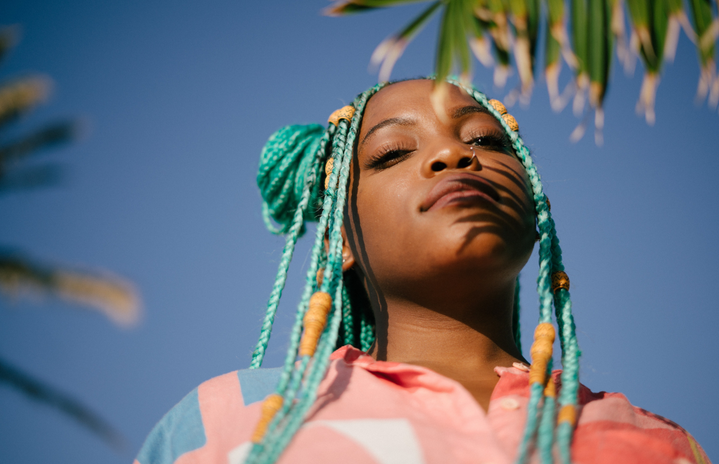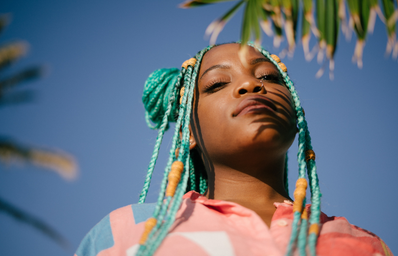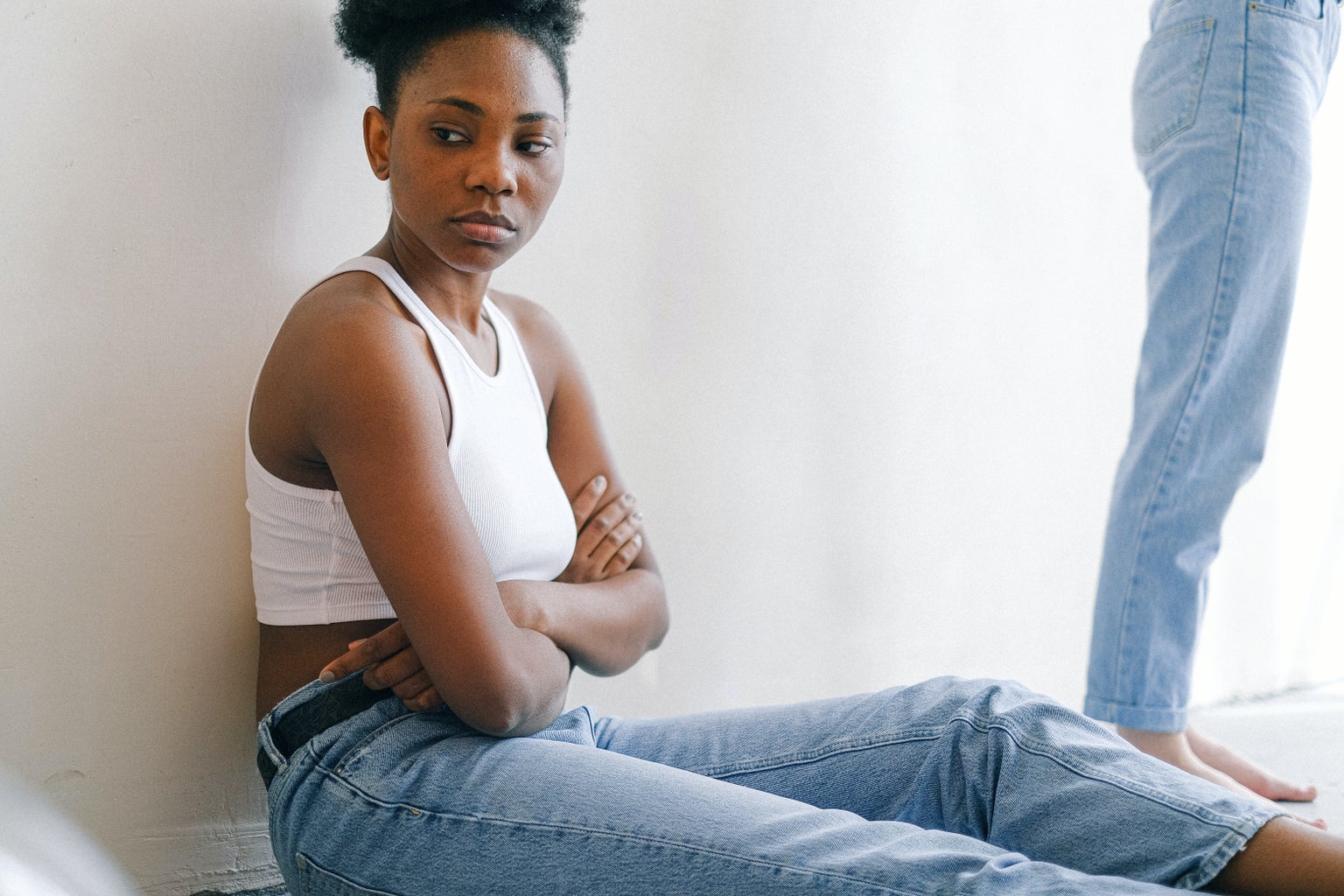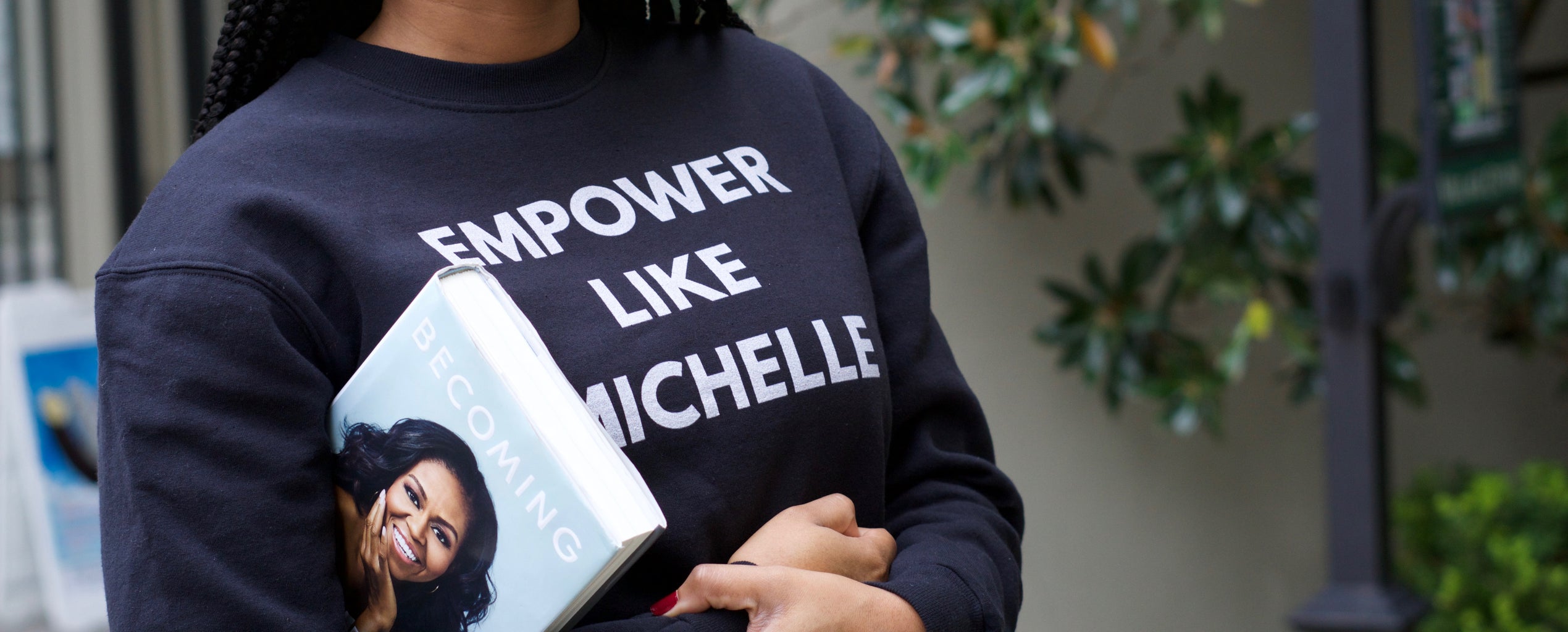Growing up, I was presented with princesses like Cinderella and Snow White, but I was never really allowed to see myself represented on-screen. This kind of upbringing is inevitably damaging to young women of colour and continues to resonate with us for the rest of our lives. This representation, or lack thereof, makes women of colour question our validity on a larger social scale as we are consistently neglected in the mainstream.
The white gaze adheres to dominant regimes of mainstream representation, falling under the white supremacist rhetoric, and neglecting the meaning-making process necessary to oppose systems of oppression. Meaning-making refers to the cognitive and interpretive process through which we all assign significance, understanding, and value to experiences and information. For example, if we are almost exclusively presented with images that only position white women as beautiful, then the meaning-making process may internalize and reinforce the notion that only whiteness is inherently associated with beauty and desirability while other races are excluded.
White homogeneity in popular culture, or the normalization of the white body as one that is desired through the moving image, is an example of visual identification of spectatorship. It places the Black body outside of the norm as it fails to give in to the white norm. We can now see how identity is overpowered by normalization through the lens of the colonial experience. Meanwhile, white culture is merely disguised as the norm, developed through a history of oppressive discrimination as seen within the film industry.
In mainstream media, Black women are left to watch from the position of the Other as our bodies are intersectionally oppressed. I vividly remember the first time my mother put Rodgers and Hammerstein’s Cinderella (1997) on the screen. The feeling of seeing Brandy dressed up in her princess clothes as Cinderella was indescribable. It quickly became my favourite film. Every little girl deserves to experience seeing herself represented on-screen. Every little girl deserves to love her skin.
Beyoncé’s music video, “Brown Skin Girl,” is an example of the ideal representation of what a media piece looks like when it is made by a Black woman for Black women. It’s the kind of media that I am grateful my little sister gets to grow up with. It places Black womanhood as desirable and positions the Black woman’s body as one that is in alignment with socially ascribed standards through the lens of the antebellum South reimagined as Black. The antebellum South refers to the period before the American Civil War, characterized by its extreme exploitation, oppression, and systemic racism against Black people, shaped by the institution of slavery and the ideology of white supremacy.
The placement of Black bodies in positions of power, beauty and wealth opposes a historical understanding of whiteness as desirable. The women in the video reclaim their own gaze which provides a process of identification which corresponds with the self-representation of marginalized groups in the media, as they stare back at it. Additionally, the men in the video stare back at the gaze rather than at the women, asserting more power to Black femininity. Really, it’s a clear critique of the media and society in that it actively subverts expectations of how Black women should appear in the context of whiteness.
Beyoncé’s “Brown Skin Girl”: https://www.youtube.com/watch?v=vRFS0MYTC1I
The expansion of representation in mainstream media begins to serve as a site of resistance against the white gaze through its adoration of Black femininity. For this reason, I began working on a children’s book titled after Beyoncé’s “Brown Skin Girl,” a story told through my positionality, composed of my lived experiences. In the context of this struggle, the path to embrace Black womanhood relies on self-love in a racialized world constructed around a personified ideal of being white. The uplifting ending offers a light at the end of the tunnel for young Black girls while creating an eye-opening moment for all viewers. The final product will work towards building a new foundation for meaning-making, ridding itself of oppressive systems through its composition of a girl looking back at the white gaze; a stare that changes reality in a defiance against traditional standards for the desired body.





